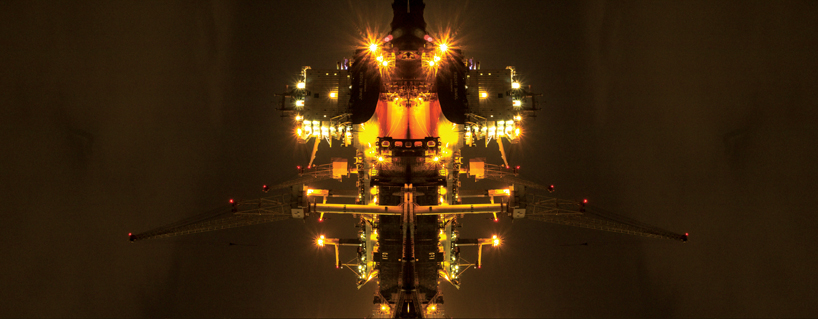


Thomas Moore (1779–1852) places the vessel in the north Atlantic in his poem Written on passing Dead-man's Island in the Gulf of St. and are ordained still to traverse the ocean on which they perished, till the period of their penance expire. The crew of this vessel are supposed to have been guilty of some dreadful crime, in the infancy of navigation and to have been stricken with pestilence . It is a common superstition of mariners, that, in the high southern latitudes on the coast of Africa, hurricanes are frequently ushered in by the appearance of a spectre-ship, denominated the Flying Dutchman . The next literary reference introduces the motif of punishment for a crime, in Scenes of Infancy (Edinburgh, 1803) by John Leyden (1775–1811):

From the Dutch the English seamen got the infatuation, and there are very few Indiamen, but what has some one on board, who pretends to have seen the apparition. Nothing could do away the idea of this phenomenon on the minds of the sailors and, on their relating the circumstances when they arrived in port, the story spread like wild-fire, and the supposed phantom was called the Flying Dutchman. In the night watch some of the people saw, or imagined they saw, a vessel standing for them under a press of sail, as though she would run them down: one in particular affirmed it was the ship that had foundered in the former gale, and that it must certainly be her, or the apparition of her but on its clearing up, the object, a dark thick cloud, disappeared. Having refitted, and returning to Europe, they were assailed by a violent tempest nearly in the same latitude. I had often heard of the superstition of sailors respecting apparitions and doom, but had never given much credit to the report it seems that some years since a Dutch man-of-war was lost off the Cape of Good Hope, and every soul on board perished her consort weathered the gale, and arrived soon after at the Cape.

The next literary reference appears in Chapter VI of A Voyage to Botany Bay (1795) (also known as A Voyage to New South Wales), attributed to George Barrington (1755–1804): The common story is that this Dutchman came to the Cape in distress of weather and wanted to get into harbour but could not get a pilot to conduct her and was lost and that ever since in very bad weather her vision appears. The weather was so stormy that the sailors said they saw the Flying Dutchman.
#Endless sky ships text series
The first print reference to the ship appears in Travels in various part of Europe, Asia and Africa during a series of thirty years and upward (1790) by John MacDonald: The legend of the Flying Dutchman is likely to have originated from the 17th-century golden age of the VOC. Replica of an East Indiaman of the Dutch East India Company/ United East Indies Company (VOC).


 0 kommentar(er)
0 kommentar(er)
